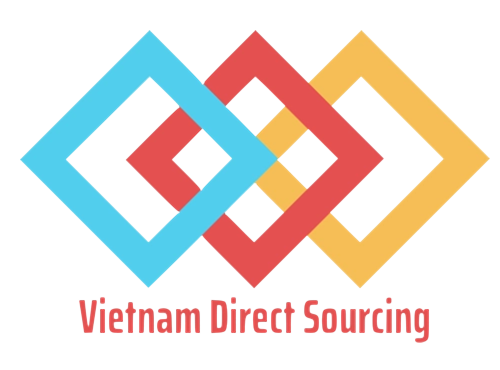





How to Create an Effective Request for Quotation (RFQ) for Smarter Sourcing

When sourcing products globally, especially from Vietnam factories, creating a clear and detailed Request for Quotation (RFQ) is a crucial part of the procurement process. It allows suppliers to understand your product requirements and provides you with accurate and comparable quotes. A well-crafted RFQ not only saves time and reduces costs, but also ensures you get the best quality products that meet your needs. Here’s how to create an RFQ suppliers will respond to eagerly:
1. Start with Clear Product Specifications
The foundation of any successful RFQ lies in product specifications. Whether you’re sourcing products from Vietnam or elsewhere, clear and detailed descriptions are key. Specify every aspect of the product, including dimensions, materials, certifications, and packaging. The more precise your product specifications, the more accurate the quotes you’ll receive, helping suppliers understand exactly what you need.
2. Provide Clear Product Specifications
The more detailed your product specifications are, the better your chances of getting accurate quotes. When sourcing products globally—whether from Vietnam, China, or elsewhere—specificity is key. For example, if you’re sourcing consumer electronics, include technical specifications such as power requirements, size, material, and even packaging standards.
By outlining these details in your RFQ, you make it easier for suppliers to understand exactly what you’re looking for, which will lead to better price accuracy and fewer misunderstandings later in the process.
If you’re unsure how to create an effective specification sheet, check out How to Create an Effective Product Specification Sheet for Successful Sourcing. This episode walks you through the key elements that suppliers need to ensure accurate pricing and quality.
3. Be Transparent About Your Budget

While suppliers will likely offer a range of pricing options, being upfront about your budget helps avoid over-quoting or under-delivery. If you have a clear price range in mind, make sure to communicate that in your RFQ.
You might want to give suppliers some flexibility in their response by specifying a minimum price point and a maximum price range. This allows suppliers to tailor their quotes based on your needs, and it helps you narrow down the best options based on both cost and quality.
4. Outline Quality Expectations and Standards
Quality is often a primary concern when sourcing globally. To avoid receiving subpar products, you need to define your quality requirements in your RFQ. This includes specifying the necessary certifications, testing, and inspections required for the products. For example, if you’re sourcing from Vietnam factories, detail the quality checks you expect, such as ISO certifications or specific industry standards.
5. Set Clear Communication Guidelines
Establish expectations for how you want suppliers to communicate with you throughout the process. Specify the preferred method (email, phone, etc.) and how often you expect updates on the order status. Setting these communication standards in advance helps ensure smooth collaboration, especially when dealing with supply chain management in Vietnam, where shipping delays or customs issues may arise.
6. Ask for a Full, Detailed Quotation
Once the RFQ is sent, suppliers will send back their quotations. Make sure they provide all the details you need to make an informed decision. A well-detailed quote should include:
- Unit price based on your order quantity
- Lead times for manufacturing and shipping
- Payment terms and options
- Additional costs (like shipping, duties, and taxes)
- Warranty and return policies
The more comprehensive the quote, the easier it is to compare different suppliers and choose the best fit for your business.
7. Give Suppliers Adequate Time to Respond
Don’t rush suppliers. The complexity of your product specifications and order quantity will determine how much time suppliers need to prepare an accurate quote. Typically, suppliers will need 3 to 7 days to respond. Allow enough time for them to thoroughly review your RFQ and provide a detailed response. Setting a realistic deadline helps prevent incomplete or rushed quotes.
Conclusion: Streamline Your Procurement Process with a Strong RFQ
A well-structured RFQ can significantly improve your sourcing process, especially when you’re dealing with Vietnam factories or any international suppliers. By clearly outlining your product specifications, providing a cost breakdown, and setting expectations for quality and communication, you’ll ensure that the RFQs you receive are accurate and tailored to your needs. This leads to better decision-making, cost savings, and stronger supplier relationships. With these tips, you’ll be ready to streamline your procurement process and secure the best deals for your business.
Ready to get started? Vietnam Direct Sourcing is here to help. With local expertise and a trusted network of suppliers, we’ll make sure your sourcing journey is as smooth as possible.
Learn more about this topic on our podcast!
Want to dive deeper into this subject? Check out our latest podcast on this subject on Spotify, where we explore this topic and so much more! Whether you're on the go or relaxing at home, tune in for insights, tips, and discussions that bring our blog topics to life.

Leave a comment
Your email address will not be published. Required fields are marked *